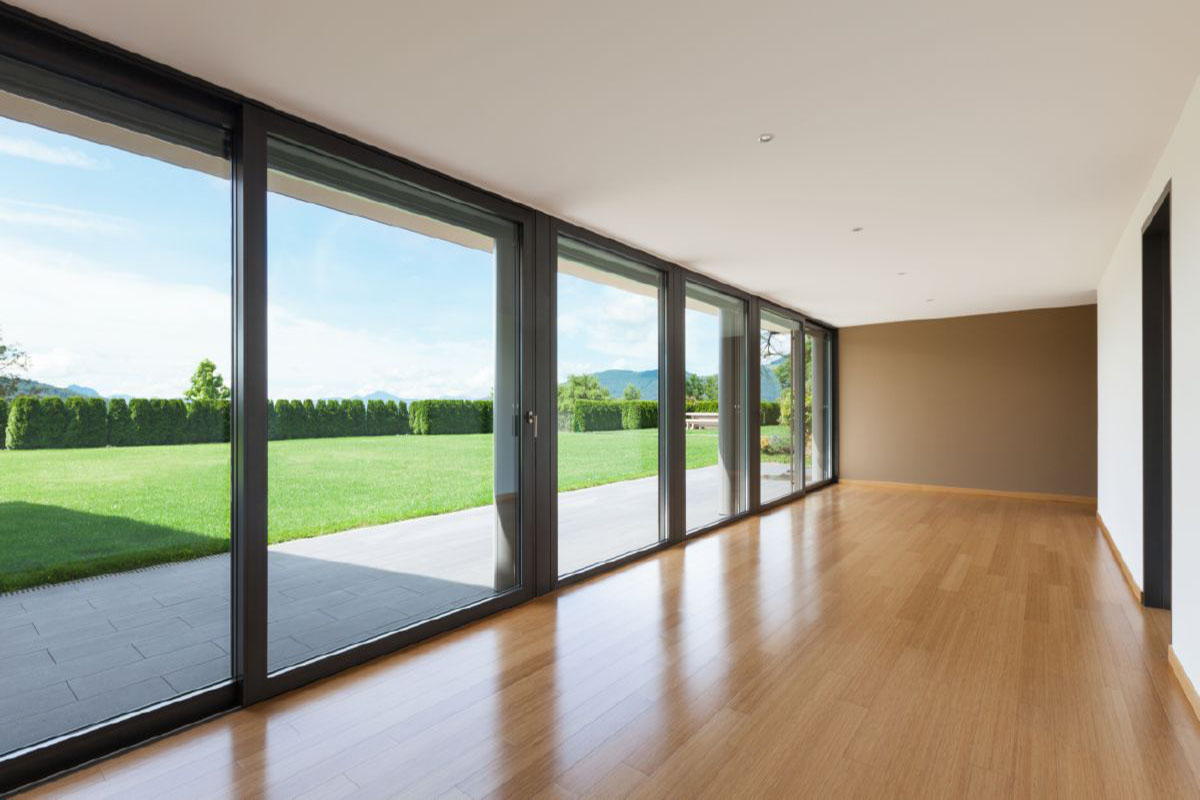All Categories
Featured
Table of Contents
Why Do You Need Double Glazing Windows In Summer? in Balcatta WA
That window can transmit more solar heat in winter season than in summer season. A west-facing window on a summertime's afternoon has an angle of incidence from near 0 up to 30 with a large efficient location of solar radiation. A north-facing window, in summer, has a high angle of occurrence and a low effective location of solar radiation, so can transmit less heat than a west-facing one.

However you can quickly and quickly improve the thermal efficiency of your home by changing your windows. This is one of the most efficient approaches of renovation to achieve improved thermal comfort. There are thousands of types of glass and frames to pick from. Choosing the best ones is essential to improving the energy efficiency of your house.
Save Energy With Double Glazed Windows in Lathlain WA
Single glazing with clear glass is not very effective when it comes to heat loss or gain. To improve efficiency, you can utilize single glazing with a more energy-efficient type of glass such as low emissivity (low-e) glass.
The energy efficiency of IGUs also depends on: the residential or commercial properties of each layer of glass. Different glass types (for example, clear and low-e glass) can be put together in an IGU.
Best Way To Block Sun Heat From Windows [Professionally] in Jandakot Perth

IGU cavities can be filled with air or a more inert, low-conductivity gas such as argon the width of the cavity. Cavity density is typically 6 to 18mm. Broader cavities supply lower (much better) U values, with 12mm generally accepted as the preferred gap how well the cavity is sealed. Cavities need to be dry and well sealed to avoid wetness getting in.
If argon is set up to the cavity in place of air, moisture is reliably omitted the level of desiccant (drying representative). The spacer (metal or polymer strip) that separates the glass layers consists of a desiccant to absorb any wetness. Inadequate desiccant might trigger moisture to condense on the glass surface area in cold conditions, lowering thermal efficiency.
Double Glazed Windows Melbourne - Upvc - German ... in Eden Hill Perth
IGUs can provide better energy performance for all climates, particularly in heated and air-conditioned homes. Cross-section detail of single, double and triple-glazing systems Low emissivity glass (commonly called low-e glass) lowers heat transfer. Low-e glass may be either high or low transmission: High transmission low-e glass has a finishing that allows daylight from the sun to enter your home to attain good solar heat gain, but reduces the quantity of the long wavelength infrared heat that can get away back through the window.
Low-e glass has either a pyrolytic covering or a vacuum-deposited thin movie metal finish. Pyrolytic coverings are durable and can be utilized for any glazing; vacuum-deposited finishings are soft and are just used within IGUs. Low-e finishings can substantially improve both U worth and SHGC; however, they need to be used correctly or they will either weaken or stop working to carry out as needed.
Brisbane's Best Double Glazed Windows in Hovea Western Australia
Low-e finishings can be used in mix with clear, toned or reflective glass. Low-e coverings on glazing can reduce heat transfer where required Image: Department of Industry, Science, Energy and Resources Toned glass has colouring ingredients consisted of during manufacture. It is readily available in different colours, usually bronze, grey, blue and green.
Table of Contents
Latest Posts
Types Of Glazing For Your Windows, Explained in Wembley Downs WA
Single Vs Double Vs Triple - Which Window Is Right For Your ... in Eden Hill WA
Why Install Stunning Double Glazing Windows During Summer? in South Guildford WA
More
Latest Posts
Types Of Glazing For Your Windows, Explained in Wembley Downs WA
Single Vs Double Vs Triple - Which Window Is Right For Your ... in Eden Hill WA
Why Install Stunning Double Glazing Windows During Summer? in South Guildford WA